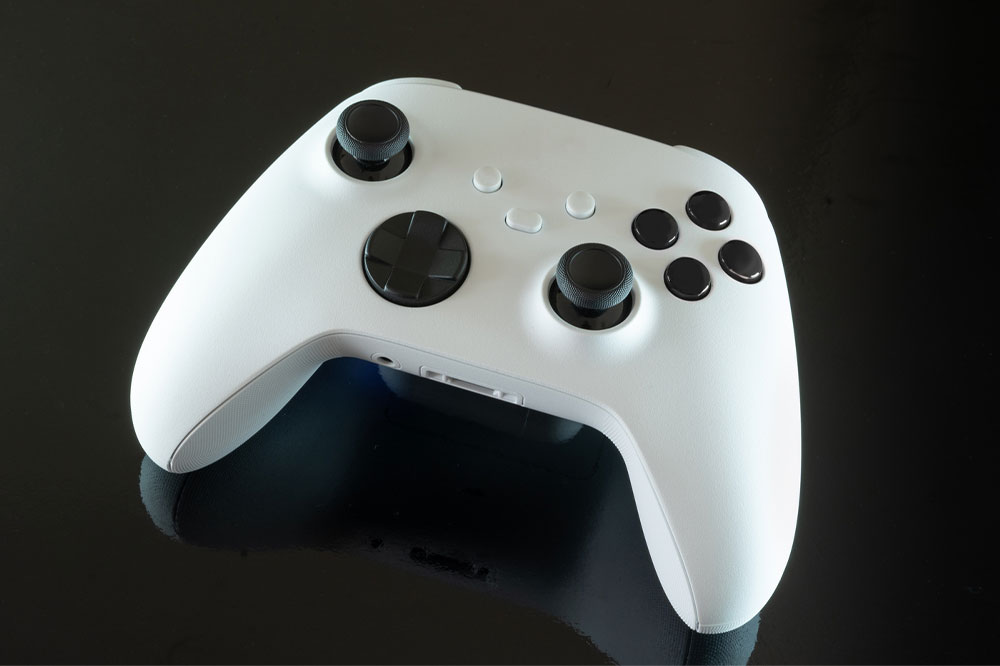Guide to Developing Your Own Video Game: Tools and Steps
Learn how to create your own video game with practical tools and step-by-step guidance. From brainstorming ideas to testing, this guide covers essential stages in game development. Discover user-friendly software options suitable for beginners and experienced developers alike. Whether aiming for simple 2D games or complex 3D projects, this article provides valuable insights to turn your concept into reality. Perfect for aspiring game designers looking to dive into the industry and create engaging digital experiences.

Guide to Developing Your Own Video Game: Tools and Steps
Creating your own video game can be a rewarding way to express creativity and potentially generate income in a booming industry. While playing games is entertaining, designing one allows you to bring your unique ideas to life and challenge yourself. With the right approach and tools, anyone with basic programming knowledge can develop a game from scratch. From brainstorming concepts to testing your final product, the process is both exciting and fulfilling.
Top tools for game development
A medium level of coding skills is helpful for designing games, but many tools simplify the process significantly.
Nuclino
This collaborative platform streamlines teamwork by integrating project management, documentation, and design, making it essential for organized game development. Developers can manage graphics, discuss ideas, and track progress seamlessly. Its Kanban board feature simplifies task management and asset organization, accelerating development cycles.
Construct 3
This software offers an intuitive interface ideal for beginners. It allows the creation of 2D games without diving into complex coding, supporting offline work and cross-platform deployment. Rapid prototyping is a key advantage, enabling quick iteration of game ideas.
Autodesk
A leading tool for AAA game design, Autodesk provides high-quality rendering and 3D modeling capabilities. Skills in scripting languages such as MEL are beneficial. Maya, a part of Autodesk, helps craft realistic characters and environments, making it popular among professional developers. However, it’s limited to certain operating systems and requires time to master.
GDevelop
This open-source platform is perfect for quick game creation, especially for simple HTML5 games. It’s free, easy to learn, and supports multi-platform compatibility. Its physics engine and intuitive interface assist in designing engaging gameplay while minimizing the learning curve. Limitations include less support for 3D projects and the need for tutorials to navigate advanced features.
Steps to build your own game
While there’s no single recipe for game development, following a structured approach can help ensure success. Here’s a basic outline:
Idea development
Brainstorm ideas by researching genres and gameplay styles. Start with simple concepts suited for first-time developers, focusing on core mechanics before adding complexity.
Research & planning
Create a game design document outlining your game’s story, characters, style, and target audience. Planning resource requirements and timelines is also crucial.
Tool selection
Pick suitable software tools based on your project scope and personal skills. Explore various options to find the best fit for your game idea.
Design & development
Begin designing characters, environments, and gameplay. Use your chosen tools to bring ideas into reality, remaining flexible for adjustments in real-time.
Playtesting & refinement
Test your game thoroughly to identify bugs, imbalances, or areas needing improvement. Make necessary revisions before release.
Note:
The information provided here offers general guidance on game development. While useful, it should not replace dedicated research or professional advice. The industry evolves rapidly, so ongoing learning is recommended. We disclaim responsibility for any discrepancies or issues encountered outside this overview.









